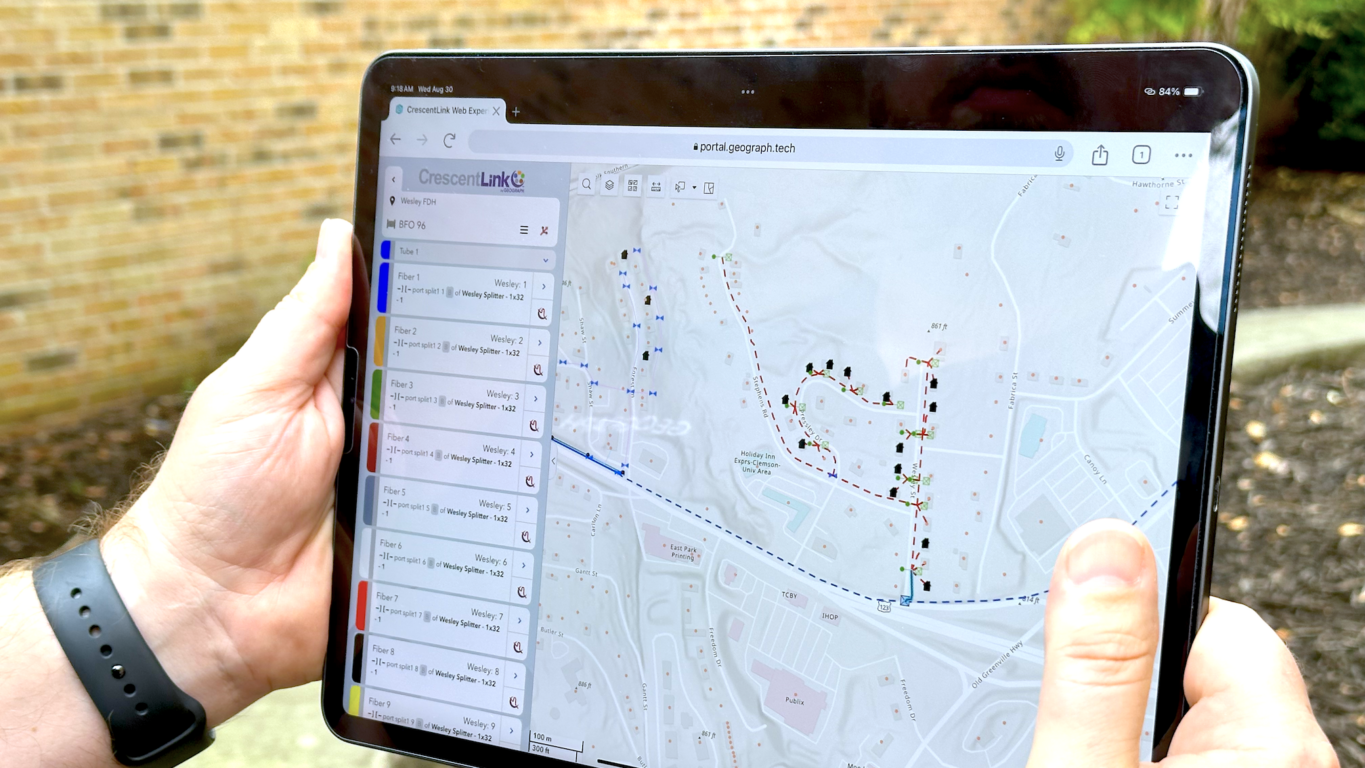Broadband providers know the story well. Demand for high-speed internet continues to rise, communities are eager for service, regulators are setting ambitious timelines, and competitors are moving quickly to secure their market. The challenge is that planning and delivery often cannot keep pace. What should be a straightforward process of design, build, and connect becomes slowed by outdated tools, fragmented data, and a lack of real-time visibility.
The result is a growing gap between what customers expect and what networks are ready to deliver.

The growing demand gap
The need for reliable broadband is no longer a luxury but an essential part of daily life. Homes are adding more connected devices every year. Businesses depend on cloud applications and video conferencing to operate. Schools, healthcare providers, and public services increasingly rely on digital infrastructure to reach the people they serve. At the same time, government funding programmes are driving large-scale build-outs designed to close coverage gaps and expand access.
Yet while the demand accelerates, the ability to plan and deliver networks often lags behind. Many broadband teams still rely on spreadsheets, static maps, or systems that do not communicate with each other. Updates from the field may take weeks to filter back into office systems. Different departments hold different versions of the same data. A project that should move quickly stalls under the weight of manual rework, mismatched datasets, and slow approval cycles.
This is not simply an operational inconvenience. It directly affects the speed at which communities get connected. Customers are ready, but networks are not.
Why traditional planning slows you down
The processes that once worked for small projects or incremental builds no longer hold up when providers are tasked with delivering at scale. Disconnected systems make it impossible to see the whole picture. A planner may be working from a map that does not reflect the latest changes made by engineers in the field. Finance may be running budgets against old cost estimates. Compliance may be unaware of permit requirements that have already shifted. Leadership, meanwhile, has no clear view of progress and cannot make confident decisions about timelines or resources.
These gaps slow everything down. Errors accumulate, costs rise, and deadlines slip further away. When demand is moving faster than your plans, this kind of drag is unsustainable.

Closing the gap with a shared source of truth
Meeting today’s demand requires a different approach. The foundation is a single, accurate, and up-to-date dataset that every team can access. A shared source of truth ensures that engineers, planners, compliance officers, finance managers, and executives are all looking at the same version of the network. Updates from the field are reflected instantly in the office. Changes to routes, budgets, or permits are visible across teams in real time.
This alignment allows projects to move at the pace communities now expect. Workflows become smoother, approvals faster, and decisions better informed. Teams can respond to change without losing momentum, and leadership can plan with confidence because they know the information is accurate.
How GEOGRAPH helps
GEOGRAPH’s CrescentLink was designed for this exact challenge. By integrating directly with Esri’s ArcGIS, it provides broadband providers with a central, real-time view of their networks. From the earliest planning stages to construction, operations, and ongoing maintenance, CrescentLink keeps all teams connected to the same dataset.
Planners can design routes with confidence, knowing they are working from the latest data. Engineers can update progress from the field using mobile tools, ensuring the office has a live view of construction. Finance and compliance teams can track costs and permits against the same records. Managers and executives can see progress clearly and make informed decisions without second-guessing whether the data is current.
The effect is simple but powerful: teams stop losing time to outdated tools and siloed processes, and projects start moving at the speed of demand.

Staying ahead of demand
Broadband demand will only grow stronger. Homes, businesses, and communities are counting on reliable connections, and providers face pressure to deliver quickly without compromising quality or compliance. Those who succeed will be the ones who can translate complex, multi-team projects into efficient, coordinated action.
When demand moves faster than your plans, the solution is not to work harder with the same tools. It is to adopt a shared source of truth that keeps every part of the organisation aligned and responsive. GEOGRAPH’s CrescentLink makes that possible by giving broadband teams clarity, control, and confidence at every stage of the build.
The gap between demand and delivery does not have to widen. With the right approach and the right tools, providers can close it and ensure that communities get the broadband they need, when they need it.




